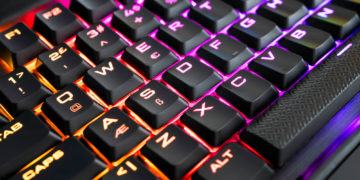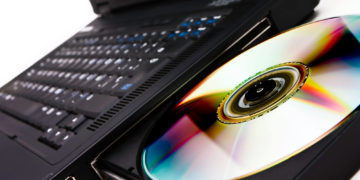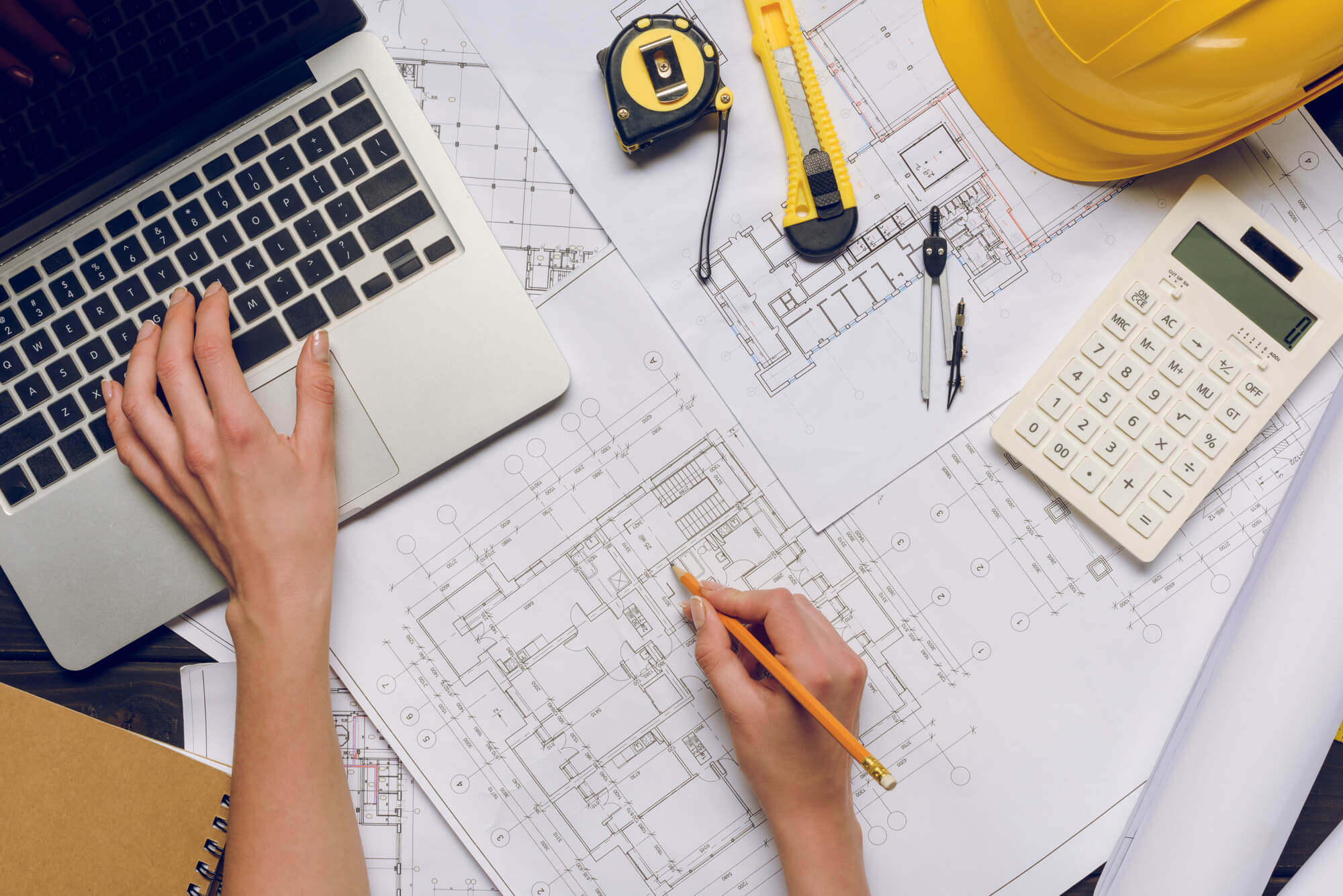
Drafting and architectural design are mostly done on computers nowadays, so powerful laptops and desktops are a must in the architectural field. These devices must be powerful and capable enough to handle walkthroughs in 3DS Max, viewports of large designs and models in various CAD software, and so on.
And while desktops may be the better option, laptops offer certain mobility and uninhibited productivity that on-the-go individuals, whether architecture students or field architects, need to effectively function and do their tasks.
That said, it’s not really necessary to invest in the most powerful and most expensive workstation. While they may be nice to work and play with, those in the architecture industry can definitely work with a somewhat more affordable but just as capable laptop for architecture students and architects.
Recommended Laptop Hardware For Architecture Students
There are lots of amazing options when it comes to the best laptops for architects. We’re not even talking about $3,000 laptops, rather, more affordable selections that are well designed and portable enough while also offering the amount of power you need for your job.
Hence, finding a suitable laptop within your budget is easy enough, as long as you don’t make these common mistakes:
- Not having enough RAM
- Not getting the right graphics card for your model size
- Choosing a resolution that is too high or too low
We’ll explain more about these things later on, but for now, let’s talk about what you should look for in an architecture laptop:
- Display: at least a 15” full HD, or even a 17” if you are mostly stationed in one location/ office, in which case weight isn’t an issue. In terms of resolution, 4K can significantly help in giving you panoramic views of interfaces and tools
- CPU: +4GHz for drawing or drafting, Quad Core for rendering, unless you are using the cloud or rendering back home. For laptop renders, 6 to 8 Core is best
- GPU: for students, 1050/1050Ti is more than enough, whereas a 1060GTX would be more useful for a professional architect working on bigger projects. If you are working with Revit/ 3DS Max special plug-ins, you might need a Quadro/FirePro
- RAM: 8GB RAM for architecture students, or 16-32GB RAM for architects
- Storage: 256GB SSD for architecture students, or 512 to 256GB + 1TB HDD for licensed architects. The best combination is x2 PCIe NVMe SSDs since you can use one for Arc software and the other for Windows
- Weight: if you are moving from site to site (or class to class), try to look for laptops that are around 3 pounds in weight, but understand that fast CPUs and dedicated GPUs add to the weight of a laptop
Top 10 Architecture Laptops
Here’s a review of the best laptops for architects 2021. All of these laptops meet (or even exceed) the recommended configurations we mentioned above, along with excellent specs and value for money.
You’ll find lots of options regardless of your budget, so whether you are a broke college student or a licensed architect, you’ll be able to find a suitable laptop for your needs. Let’s get started!
ASUS VivoBook
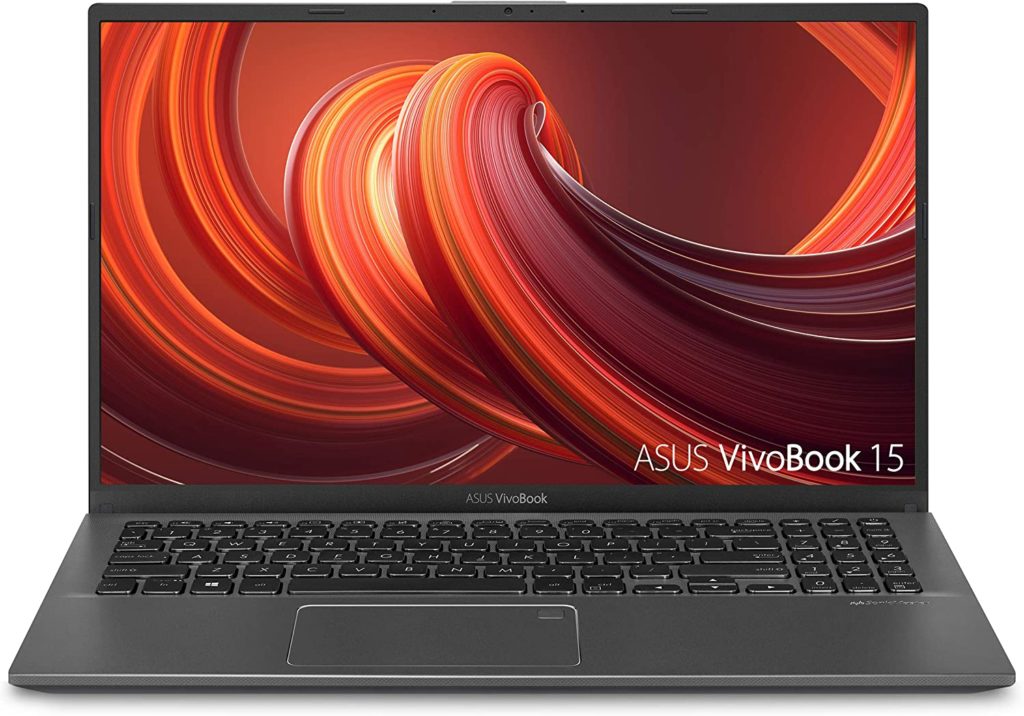
Our top pick is the Asus VivoBook, which is one of the most affordable laptops you’ll be able to find that can handle the demands of architecture software. It offers more than enough power for everyday design and architecture tasks, and all for around 500 dollars, making it the best laptop for architecture students, as well as architects who are just starting out.
At first glance, the specs may seem a bit modest, but you can trust that this laptop will power through your needs with its Intel Core i3 processor along with 8GB of RAM and 256GB solid state drive. Basically, it’s one lightweight mobile machine.
And, it packs quite a punch too, thanks to all the other neat features included such as the HD camera, fingerprint sensor, backlit keyboard, and four color options. These are things that you won’t often find on more “budget” models, so they are definitely nice to have.
- 15.6” full HD display
- AMD Ryzen 3 3200U CPU
- AMD Radeon Vega 3 GPU
- 12GB DDR4 RAM, 256GB SSD
- 37W hour battery life
Apple MacBook Pro
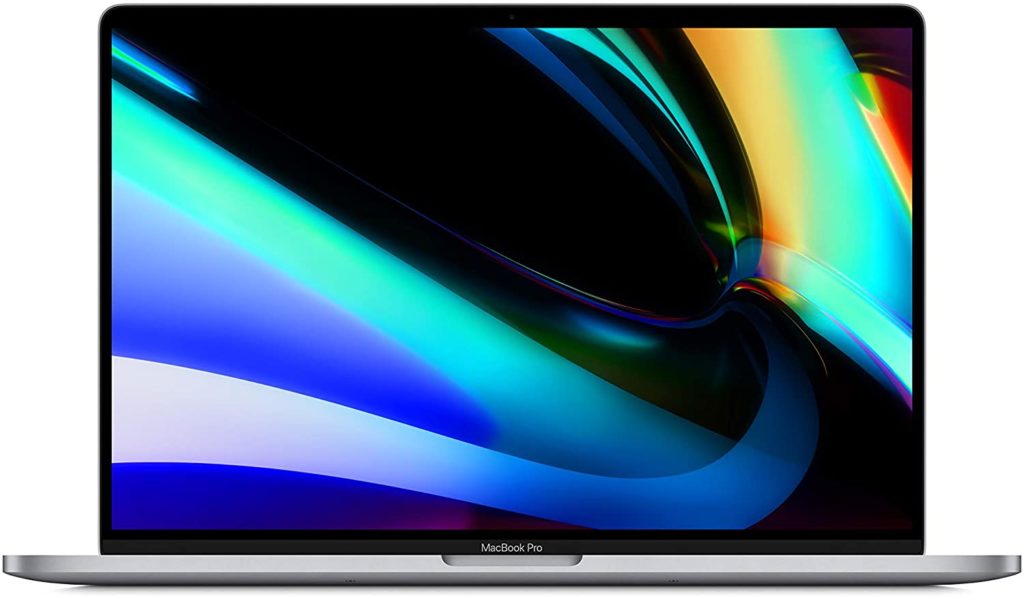
Of course, if you want something more shiny, glamorous, and trendy, there’s nothing better than the Apple MacBook Pro, which is a highly popular choice for architects these days. Actually, it’s one of the best laptops for animation, too. Just make sure to get the current 16 inch model or the previous 15 inch versions to be able to do more than basic AutoCAD and sketchup.
Sure, a Mac may not be the best tool for Revit since it’s not exactly compatible with the MacOS, but you can always just use software and extensions like VMware Fusion to run Windows on Mac laptops and desktops.
There are just so many things we like about this laptop, too. For one thing, you can get it in pretty much whatever high-speed processor you like. The RAM can also be configured, and the storage can be anywhere from 512GB to 1TB. The graphics card options are also powerful, too.
- 16” retina display
- Intel Core i7-Core i9 CPU
- Radeon Pro 5300M/5500M GPU
- 16-64GB DDR4 RAM, 512GB-2TB PCIe SSD
- 10 hour battery life
Acer Aspire E 15
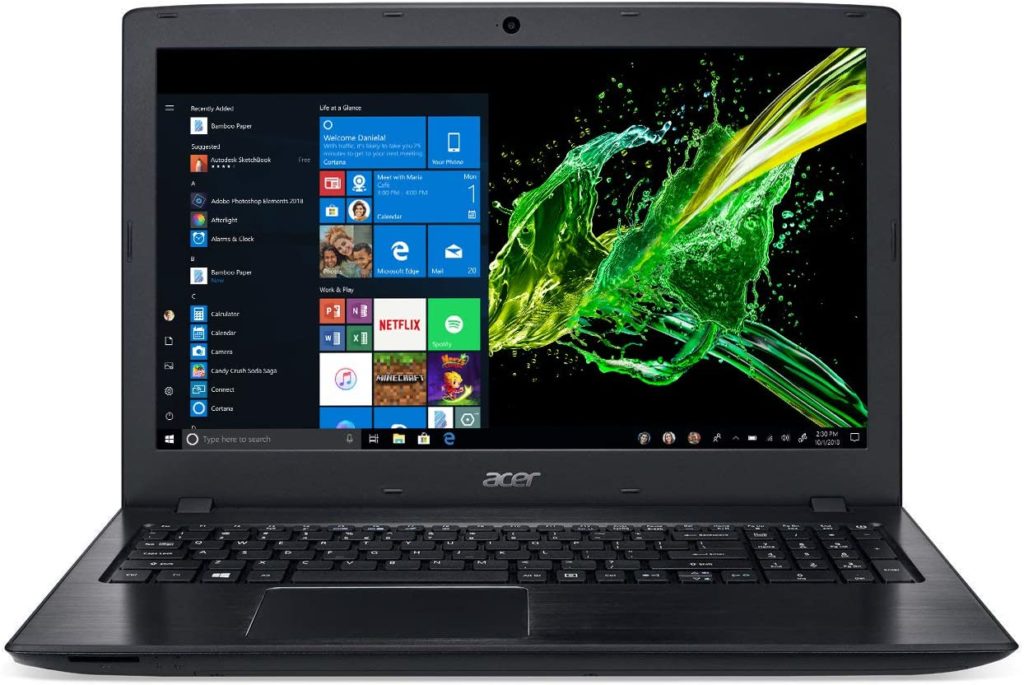
The Acer Aspire E 15 may not be the best in terms of looks, since it’s a heavy, bulky, ugly plastic laptop, but it does have a chrome lining and brushed exterior, so it’s not all that bad, either. Besides, it’s the inside that counts, and in that, this laptop does not disappoint.
See, it boasts of a shart 1080p display, which is just the right touch of colorful and vibrant. The brightness level is also excellent, so it’s not straining on the eyes even when you’re working on a project for hours on end.
Most importantly, it’s a high-performance laptop that can easily run (and run well) anything you throw its way. You just need to be a little patient since high-intensity applications will naturally demand more and you might have to compromise on graphics quality, but overall, it’s a definite bang for your buck.
- 15.6” LED display
- Intel Core i7-8550U CPU
- NVIDIA GeForce MX150 GPU
- 8GB RAM, 256GB storage
- 8 hour battery life
Dell 15.6-Inch Gaming Laptop
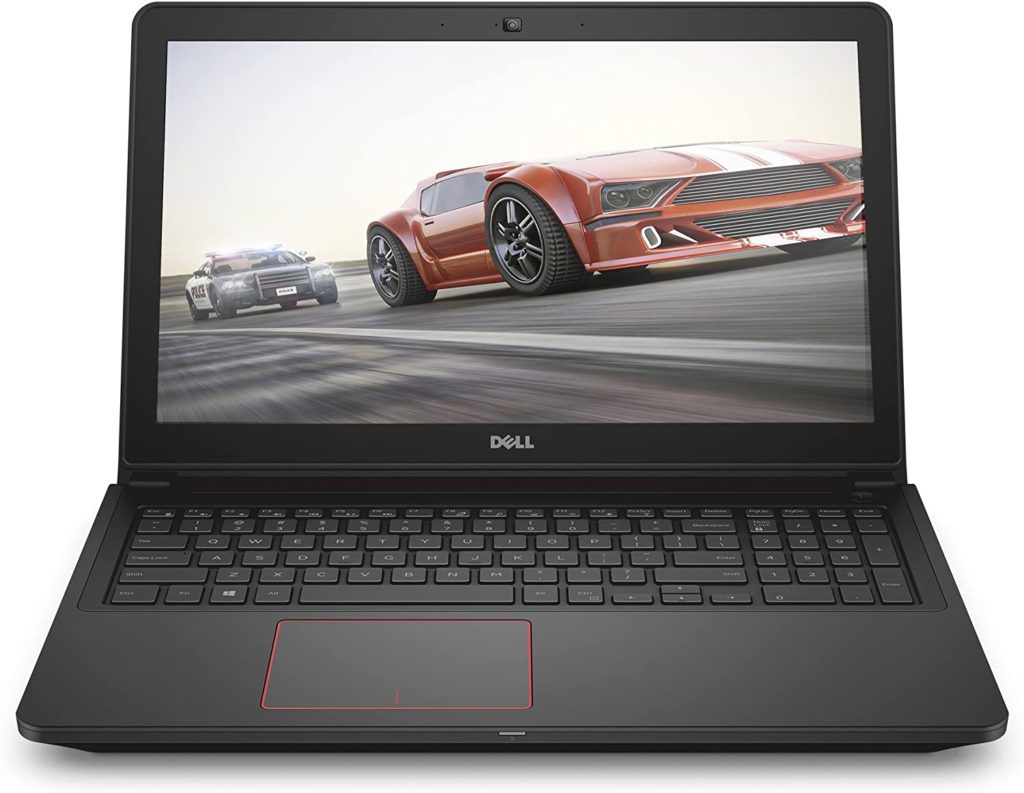
Another relatively affordable option that costs under a thousand dollars but doesn’t compromise on performance is the Dell 15.6 inch gaming laptop, which boasts of a Intel Core i5 quad core processor with 6M cache and 3.6GHz turbo speed.
What makes it particularly attractive, especially for architecture students, is that it comes with the powerful NVIDIA GeForce GTX 960M graphics card with 4GB GDDR5 vRAM that is just so difficult to find in a laptop at this price point. It’s a super powerful GPU that can easily run graphic intensive software, which is a must-have for architecture projects.
It also features eight gigabytes of RAM, which makes it ideal for running heavy software and multitasking. Plus, the 256 gigabytes of solid state drive makes for faster speeds when it comes to data transfer while reducing hard drive crashes, which is a common problem with mechanical hard disk drives.
- 15.6” full HD LED display
- Intel Core i5-6300HQ CPU
- NVIDIA GeForce GTX 960M GPU
- 8GB DDR3L RAM, 256GB SSD
- 4.5 hour battery life
Check out other laptop models by Dell:
Microsoft Surface Laptop 3
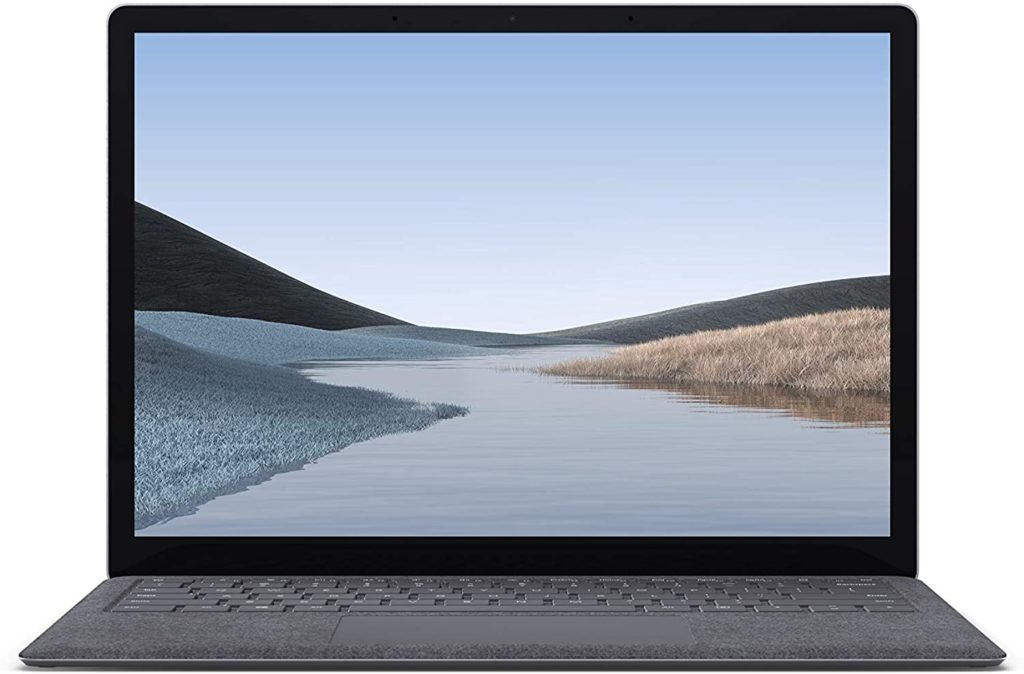
Did you know that the Microsoft Surface laptop 3 is also a formidable choice for architecture students and professionals? It’s an amazing detachable notebook that is available in many different variants, although the most advanced model is, of course, our top choice.
Looking at the interior stuff, one of the first things you’ll notice is the Intel Core i7 processor, a graphics optimized chipset that is powerful enough to offer decent support for 3D modeling. It also has a 3.9GHz turbo clock speed, plus four cores and eight threads, which makes it super reliable and ideal for rendering.
There’s also the NVIDIA GeForce GTX 1660 Ti, a high-end graphics card that may be consumer-grade, technically speaking, but it does have the ability to handle I-Ray and V-Ray renderers. You’ll even get wireframe 3D modeling assistance and viewport rendering, so it’s a great deal all around.
- 15.6” PixelSense display
- Intel Core i7-1065G7 CPU
- NVIDIA GeForce GTX 1660 Ti GPU
- 32GB RAM, 1TB SSD
- 17.5 hour battery life
Microsoft Surface Book 2
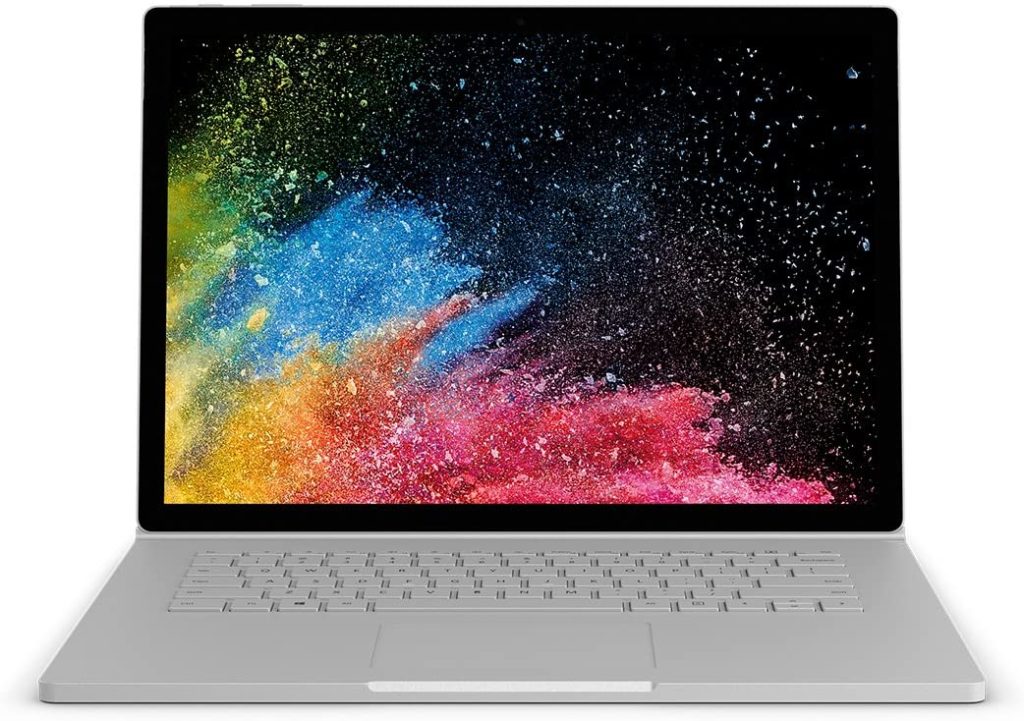
You might also want to consider the Microsoft Surface Book 2, which, in some ways, is the Windows alternative to the MacBook Pro. That’s because it packs a lot of power and features a high quality design, all in a thin and compact profile.
So, it’s no surprise that it’s also popular among architects and architecture students. You do have to understand, though, that this is an entirely different level from the Surface Pro 4, since it makes use of an eighth generation Intel Core i7 processor and a dedicated graphics card, which aren’t really present on Surface Pro models.
Having said that, this laptop does offer configurable RAM and storage size, so you can go anywhere from eight to 32 gigabytes of RAM and 512 to two terabytes of storage. Our advice? If you have the budget, aim higher now, since it will be difficult to upgrade later on.
- 13.5 or 15” PixelSense display
- Quad Core Intel i7 CPU
- NVIDIA GTX 1650-1660Ti GPU
- 16-32GB RAM, 256GB-2TB NVMe PCIe SSD
- 7 hour battery life
MSI GF63 Thin 9RCX -615
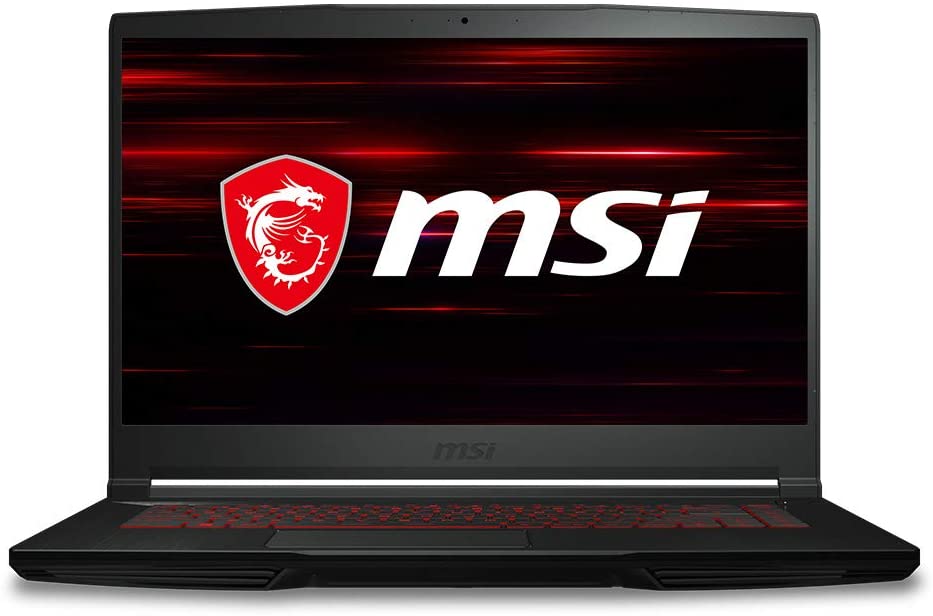
The best computer for architecture, as some would say, is the MSI GF63 thin, mostly because it’s way too powerful for anything that isn’t as demanding as architecture and design software. It’s actually a bit much for a college student, but a definite advantage for professionals. In any case, it’s likely out of the price range of an architecture student, anyway.
We really like that it has an ultra fast processor with four cores rather than two, which helps immensely in reducing rendering times. Not to mention, if you want to do faster modeling, the extra clock speed certainly comes in handy.
Now, the graphics card isn’t the best in the category, but it’s a decent mid-range option with four gigabytes of vRAM, so it’s perfectly suitable for both architecture classes and field work. The full HD IPS display is also a definite plus, especially since it’s easier on the eyes thanks to the matte finish.
- 15” IPS full HD display
- Intel Core i5-9300H CPU
- NVIDIA GeForce GTX 1050TI GPU
- 8GB DDR4 RAM, 512GB PCIe NVMe SSD
- 4 to 6 hour battery life
Dell G5 15 Gaming Laptop
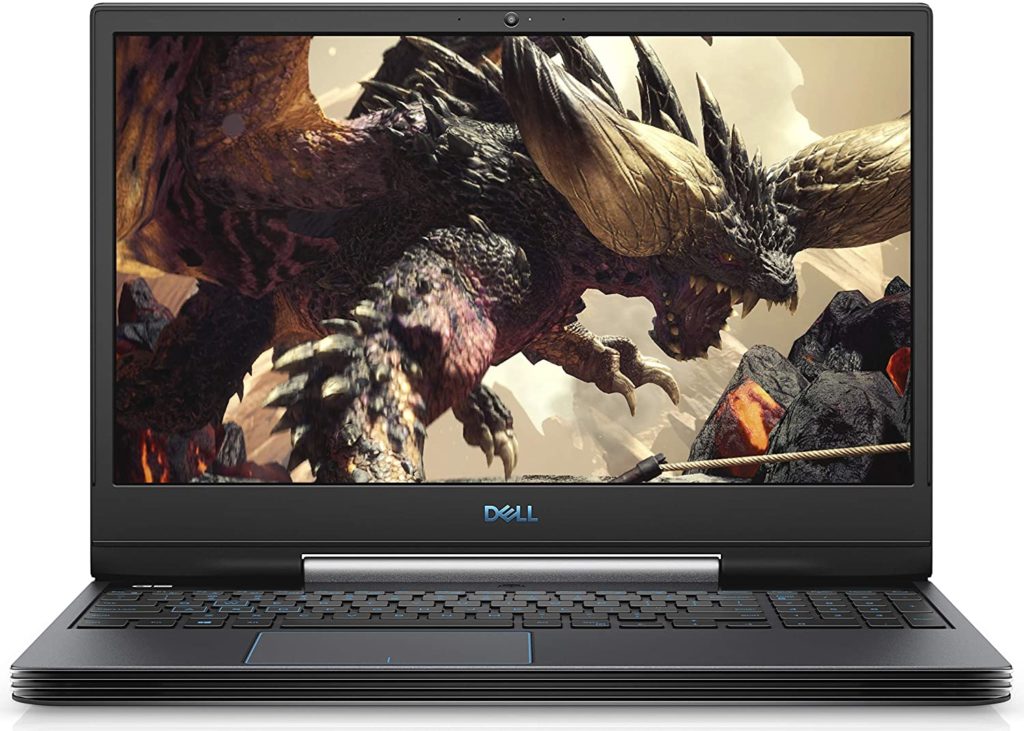
Anyone looking for a powerful laptop has, at some point, considered gaming laptops, and for good reason. Take the Dell G5 15 for example. It has a 15.6 inch anti glare IPS display that boasts of a 1920 x 1080 resolution, and it certainly comes with lots of bells and whistles.
Running multiple applications isn’t a problem with the quad core Intel i7 processor and 16 gigabytes of RAM, which you can upgrade to 32GB if you want. Doing so will make things run so much smoother, and you won’t have to worry about much lag when it comes to using video rendering tools and high-end CAD software.
More than that, the graphics card is also a really nice addition since it significantly helps in terms of performance and keeping things functioning smoothly. In fact, it can easily maintain a decent 50 fps frame rate in most games.
- 15.6” LED display
- Intel Core i7-8750H CPU
- Nvidia GeForce GTX 1050 Ti GPU
- 16GB RAM, 126GB SSD + 1TB HDD
- 6 hour battery life
Omen by HP 2019 Gaming Laptop
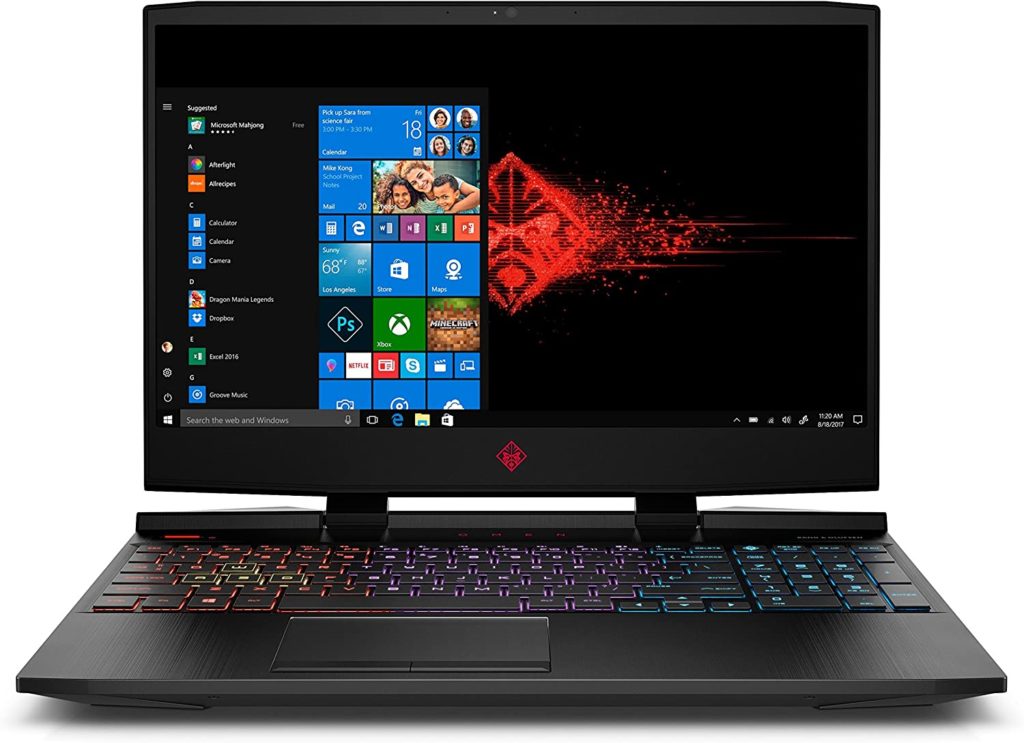
Another gaming laptop is the Omen by HP, which actually offers visuals that are a lot more vivid and colorful than the Dell G5 15, since it covers 111% of the sRGB color gamut. The display itself is pretty amazing at a full 1080p HD resolution with a 144Hz refresh rate.
Sure, it’s not perfect, since the brightness isn’t top notch, but the Bang&Olufsen audio system more than makes up for the difference with its smooth and impressive performance.
On to more important matters. The CPU isn’t the most powerful, per se, but the 12 gigabytes of RAM and the GPU with 4 gigabytes of vRAM more than make up for the difference. You won’t have any problem running demanding software; everything feels like a walk in the park, whether it’s modern games, CAD software, or whatnot.
- 15.6” LED display
- Intel Core i5-8300H CPU
- Nvidia GeForce GTX 1050Ti GPU
- 12GB RAM, 1TB HDD
- 4 hour battery life
Acer Nitro 5 Gaming Laptop
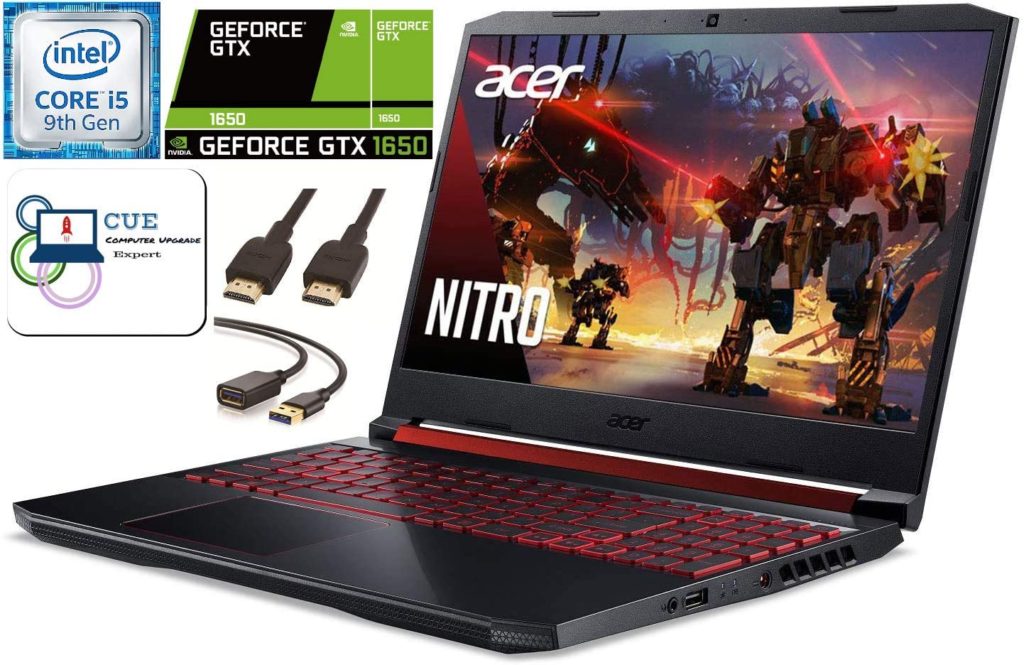
Last but not the least is the Acer Nitro 5 gaming laptop, which is a best seller and highly rated laptop that is relatively affordable considering the fact that it comes with a mid-range dedicated GPU, which conveniently transforms into high-end GPU for most college architecture courses.
It won’t offer a workstation level of performance, but it’s definitely more than enough for most design and modeling projects. Even better, this laptop also boasts of a high performance, latest generation processor with more clock speed, meaning, faster rendering speed.
The icing on the cake is the 256 gigabytes of PCIe NVMe solid state drive, which is today’s standard when it comes to smooth and fast storage. Not to forget, all the other high end features are present in this laptop too, like the DDR4 RAM, full HD display, and IPS panel, among others.
- 15” IPS full HD display
- Intel Core i5 9300H CPU
- NVIDIA GeForce GTX 1650 GPU
- 8GB DDR4 RAM, 256GB PCIe NVMe
- 6 hour battery life
Browse listings for the Acer Nitro 5 on Amazon.
Laptop For Architecture Students and Architects Buying Guide

Not quite sure what to look for when it comes to laptops for architecture students and professional architects? Don’t worry. We know that the task can be a little daunting, so we are here to help. Here’s a list of the most important things you need to consider before buying:
Software
One of the first things you need to understand is that depending on the concentration or specialty you choose, such as interior or landscape architecture, you’ll see that there are subtle differences in terms of the type of software you will be using.
That said, the hardware requirements for a laptop will be largely the same, but even so, you need to factor in a few factors like the operating system, since some software can only run on Windows, and some on Mac.
For instance, Rhino and Revit are made for Windows machines. While they can run on Mac laptops and desktops, you will first need to dual-boot into Windows, which requires a restart on your Mac laptop. One thing you can do is to use stuff like Parallels Desktop 16 to run Windows on MacOS devices.
Other common software for architecture include Rhinoceros 3D + Grasshopper for modeling, CAD for 2D drawing, Sketchup for straight shape models, Autodesk Maya for models, Adobe After Effects for multimedia editing, and Adobe Illustrator or Photoshop for visualization and rendering.
Operating System
Speaking of the operating system, you really need to understand what your options are, especially since only one OS can be run by a laptop from the get-go, and it can be a bit of a hassle to dual-boot your rig.
Windows
The simple fact is, Windows still remains to be the most popular operating system, even considering that it doesn’t dominate the OS market of the computing world these days. There are plenty of options for Windows laptops that work great from simple web browsing to high-end gaming and everything in between.
The Windows 10 OS, for instance, borrows most of its operational aspects and design from smartphone touch commands, while also running well with a mouse and keyboard.
MacOS
Formerly known as OS X, the MacOS (or Macintosh, if you’re feeling fancy) is Apple’s proprietary platform/ operating system. Obviously, it’s exclusive to Apple devices, and it has gained quite a popularity and staunch loyalty from its user base.
All in all, the MacOS is a great all-around operating system for computing needs, and it’s particularly excellent for video and photography related needs.
Chrome OS
You will also find lots of Chromebook laptops on the market, which make use of a Chrome OS. These types of laptops are basic tools with minimal features, hence the affordable price tag. They are great for simple computing needs, light apps, and web browsing.
However, they are not at all suitable for most architecture software, unless perhaps you are a student accessing the software in your department’s computer lab through remote access, but even then, the experience wouldn’t be as smooth.
Other Operating Systems
There are plenty of open source operating systems available for installation, such as Linux, for example. These are often powerful OS options that you will greatly benefit from, especially if you have strong computing skills.
The catch is, they aren’t really pre-installed on most of today’s laptops on the market. This means that you will need to install them on your laptop yourself (or ask the help of a professional) after purchase.

Processor
Since you will have to run hardcore modeling software on your laptop, it’s important to make sure that it won’t lag or crash, especially when you are choosing and applying tools for editing and drafting. This means choosing a high-end CPU that will make the process go smoothly.
Try to get at least a quad core or higher CPU with as much clock speed as you can afford, especially if you want faster rendering.
Graphics Card
A high-quality GPU with enough graphics memory is important when working with an application or program where minute details are of great importance. For one thing, the antialiasing needs to be spot-on.
This is all the more important when editing and rendering 3D models, in which case a minimum of 2GB vRAM is a must. That said, architecture students would do fine with anything above NVIDIA’s 960M range.
Alternatively, if you want a workstation laptop, the AMD FirePro or NVIDIA Quadro series are great for digital content creation, CGI, and CAD, due to the minimal margin of error thanks to the floating point precision and enhanced error correcting capabilities.
RAM
Keep in mind that all those architecture software that you will be installing on your laptop will eat up the RAM, especially if you run multiple applications simultaneously. Hence, it’s important to start with at least 8GB of RAM, or better yet, 16GB to really avoid hang ups and hitches.
Storage
Hard Disk Drive
3D drafts and architectural models require lots of disk space, so you need an HDD with a minimum of 1TB storage to store all your files, or even buy an external hard drive for extra storage space. Having said that, HDDs are problematic in a sense that they are limited and prone to physical damage, so if you can find a better solution, go for it.
Solid State Drive
We are referring to SSDs, which are more reliable and much faster than HDDs. These load files and software significantly faster and also offer plenty of storage for works in progress and essential libraries. However, SSDs are quite expensive, so the best option is to go for a hybrid of HDD and SSD. keep your non-essential files on the HDD and the important stuff in the SSD.
Screen Size
Having a large viewing field is beneficial when working with 3D models and maps, or designing building interiors, since more screen space means you can see more, which translates to less scrolling and zooming in or out.
In other words, go for a 15 or 17 inch display. It doesn’t matter if you have a high-end gaming laptop or an expensive MacBook- if you can’t see anything on the screen, the laptop will be useless for your needs.
Although, one compromise is to buy an external monitor like the ASUS VE248Q 24″ Full HD and go for a multi-screen set-up. Note that this would only work if you have an external GPU and a dedicated workspace. You’ll also need a VicTsing HDMI to VGA with Audio Adapter.
Weight and Battery Life
The reason you’re buying a laptop instead of the best computers for architecture students and professionals is because you want portability and on-the-go productivity, which you can achieve with a lightweight construction and a long battery life.
There are a few suitable options that will also deliver the performance that you need, but they are quite hard to find. You will have to find a balance between performance and portability, since high-end processors and GPUs not only add weight to a laptop, but also drain battery faster.
If you will be working primarily in a designated office, then by all means go for the most powerful laptop you can find, but if you need to constantly move around, you will have to trade off some specs for weight and battery life.

FAQs
Q: What’s a good screen resolution for a laptop?
A: One thing you need to understand is that affordable laptops offer mediocre screen resolution with grainy screens that make it difficult to read websites that are optimized for a full HD display. Hence, you need to invest in a good quality full HD screen with at least 1920 x 1080 resolution. That said, also consider factors like brightness and color vibrancy.
Q: How much battery life do I need?
A: Generally speaking, your laptop should last for an entire workday, which means eight hours of battery life within a single charge, so you don’t have to be at the mercy of sparse outlets around you, especially if you are studying or doing field work.
You will find lots of laptops that offer a good battery life, but know that the more demanding programs you run, the faster your battery will drain.
Q: Are touchscreen laptops necessary?
A: A touchscreen display is a nice-to-have feature, but it’s not a necessity. Some of its benefits include working on your designs “by hand”, signing electronic documents with your finger or a stylus pen, and using the laptop like a tablet.
However, there are also quite a few disadvantages, like the added cost and all the annoying fingerprints, so it’s really up to you if you want a touch screen laptop or not.
Q: Should I get a gaming laptop?
A: Gaming laptops are a popular choice for work intensive needs. You will see lots of gaming laptops on review sites for laptops for computer science, for example, and there are in fact quite a few in our list above as well.
That said, a gaming laptop may not be necessary (or suitable, even) if you don’t need all the high-end specs and features, if you have a limited budget, or if the gaming laptop you found isn’t exactly the most powerful option.
At the end of the day, you need to base your decision on what you really need from your laptop, and buy a model that offers the right specs. And if it’s really a gaming laptop you need and want, then go ahead. You can even up the experience by buying accessories like the Logitech G700s Rechargeable Gaming Mouse, since touchpads are quite hard to use sometimes.
Final Thoughts
We could go on and on, but the truth is, the best laptop for architecture students is one that perfectly fits your needs and meets your demands when it comes to running various architectural software and doing all other kinds of work on the laptop. So, make sure that you buy a laptop based on your personal needs, requirements, and budget.




